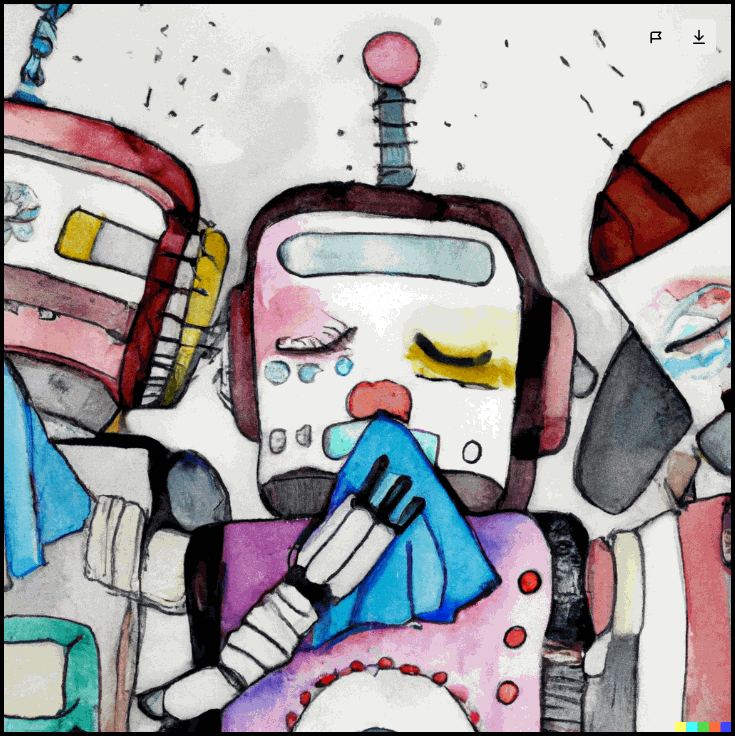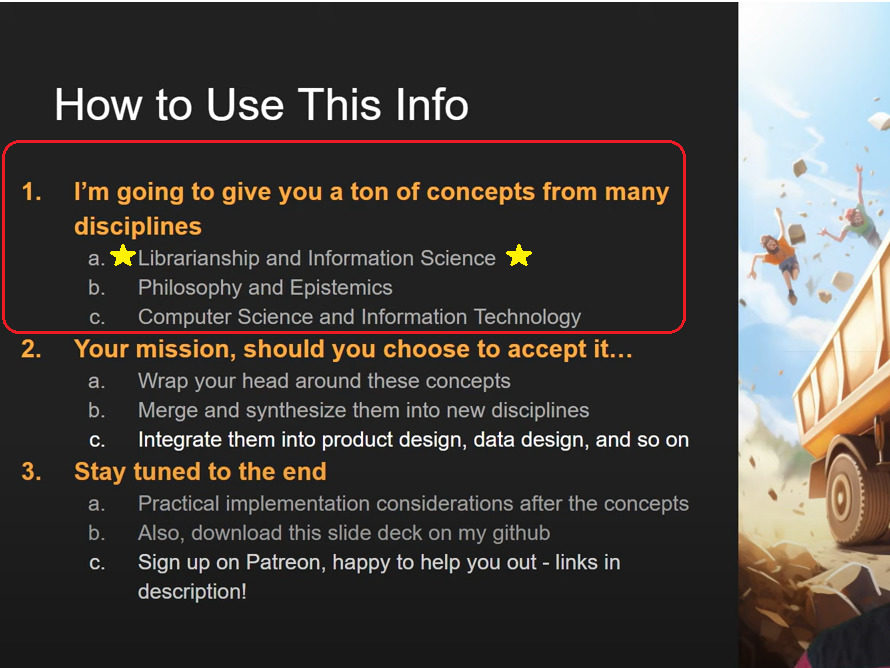Somewhat recently, during a webinar on generative AI, when the speaker Joe Regalia mentioned “flu snot” prompting, I was momentarily confused. What was that? Flu shot? Flu snot? I rewound a couple of times until I figured out he was saying “few shot” prompting. Looking for some examples of few-shot learning in the legal research/writing context, I Googled around and found his excellent article entitled ChatGPT and Legal Writing: The Perfect Union on the write.law website.
What Exactly is Few Shot Prompting?
It turns out that few-shot prompting is a technique for improving the performance of chatbots like ChatGPT by supplying a small set of examples (a few!) to guide its answers. This involves offering the AI several prompts with corresponding ideal responses, allowing it to generate more targeted and customized outputs. The purpose of this approach is to provide ChatGPT (or other generative AI) with explicit examples that reflect your desired tone, style, or level of detail.

Legal Research/Writing Prompting Advice from write.law
To learn more, I turned to Regalia’s detailed article which provides his comprehensive insights into legal research/writing prompts and illuminates various prompting strategies, including:
Zero Shot Learning/Prompting
This pertains to a language model’s ability to tackle a novel task, relying on its linguistic comprehension and pre-training insights. GPT excels in zero-shot tasks, attributed to its robust capabilities. (Perhaps unsurprisingly, one-shot learning involves providing the system with just one example.)
Few-Shot Learning/Prompting
Few-shot learning involves feeding GPT several illustrative prompts and responses that echo your desired output. These guiding examples wield more influence than mere parameters because they offer GPT a clear directive of your expectations. Even a singular example can be transformative in guiding its responses.
As an example of few-shot learning, he explains that if you want ChatGPT to improve verbs in your sentence, you can supply a few examples in a prompt like the following:
My sentence: The court issued a ruling on the motion.Better sentence: The court ruled on the motion.
My sentence: The deadline was not met by the lawyers.
Better sentence: The lawyers missed the deadline.
My sentence: The court’s ruling is not released. [now enter the sentence you actually want to improve, hit enter, and GPT will take over]
[GPT’s response] Better sentence: The court has not ruled yet [usually a much-improved version, but you may need to follow up with GPT a few times to get great results like this]
And Much More Prompting Advice!
Regalia’s website offers an abundance of insights as you can see from the extensive list of topics covered in his article. Get background information on how geneative AI system operate, and dive into subjects like chain of thought prompting, assigning roles to ChatGPT, using parameters, and much more.
- What Legal Writers Need to Know About GPT
- Chat GPT’s Strengths Out of the Box
- Chat GPTs Current Weaknesses and Limitations
- Getting Started with Chat GPT
- Prompt Engineering for Legal Writers
- Legal Writing Prompts You Can Use with GPT
- Using GPT to Improve Your Writing
- More GPT Legal Writing Examples for Inspiration
- Key GPT Terms to Know
- Final Thoughts for GPT and Legal Writers
Experimenting With Few-Shot Prompting Before I Knew the Name
Back in June 2023, I first started dabbling in few-shot prompting without even knowing it had a name, after I came across a Forbes article titled Train ChatGPT To Write Like You In 5 Easy Steps. Intrigued, I wondered if I could use this technique to easily generate a profusion of blog posts in my own personal writing style!!
I followed the article’s instructions, copying and pasting a few of my favorite blog posts into ChatGPT to show it the tone and patterns in my writing that I wanted it to emulate. The result was interesting, but in my humble opinion, the chatty chatbot failed to pick up on my convoluted conversational (and to me, rather humorous) approach. They say that getting good results from generative AI is an iterative process, so I repeatedly tried to convey that I am funny using a paragraph from a blog post:
- Prompt: Further information. I try to be funny. Here is an example: During a text exchange with my sister complaining about our family traits, I unthinkingly quipped, “You can’t take the I out of inertia.” Lurching sideways in my chair, I excitedly wondered if this was only an appropriate new motto for the imaginary Gotschall family crest, or whether I had finally spontaneously coined a new pithy saying!? Many times have I Googled, hoping in vain, and vainly hoping, to have hit upon a word combo unheard of in Internet history and clever/pithy enough to be considered a saying, only to find that there’s nothing new under the virtual sun.
Fail! Sadly, my efforts were to no avail, it just didn’t sound much like me… (However, that didn’t stop me from asking ChatGPT to write a conclusion for this blog post!)
Conclusion
For those keen to delve deeper into the intricacies of legal research, writing, and the intersection with AI, checking out the resources on write.law is a must. The platform offers a wealth of information, expert insights, and practical advice that can be immensely valuable for both novices and seasoned professionals.



